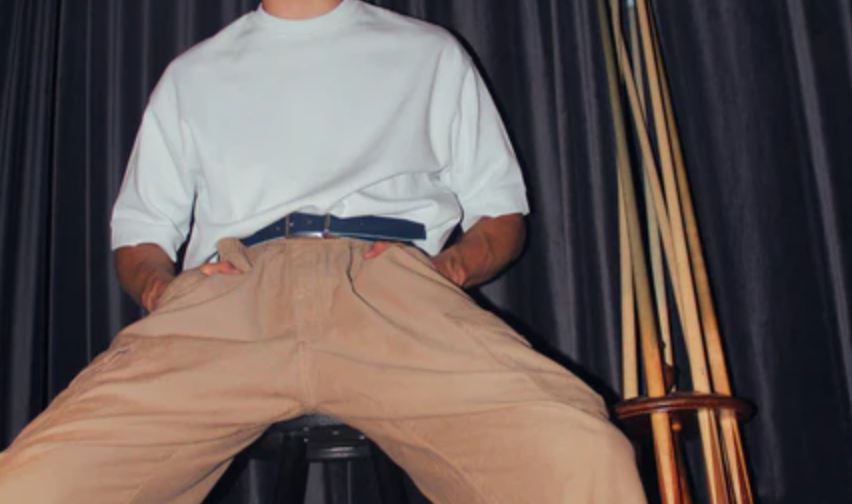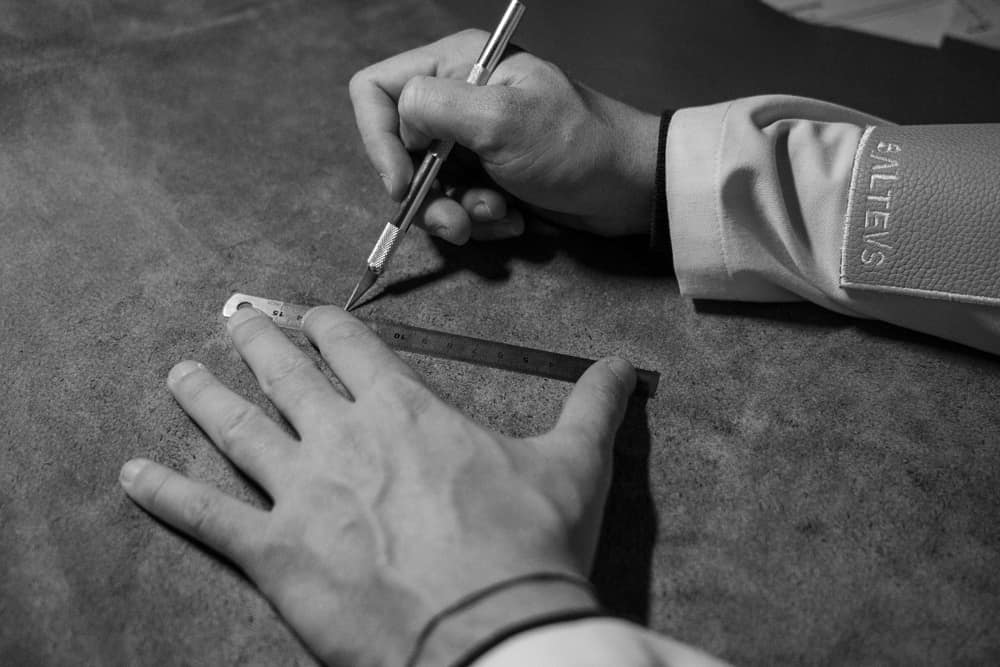Is natural leather the most sustainable option?
Have you ever wondered if leather is really a sustainable option? Despite what many people think, leather production has a much lower environmental impact than it seems.
In this article, we’ll debunk some myths and explain why genuine leather can be more environmentally friendly than other alternatives. Keep reading to find out all the details!
How is leather produced?
Leather production is a craftsmanship and technical process that transforms animal hides into a durable material with many different uses. It all starts with the acquisition of the hides, which usually come from cows that have completed their life cycle in the meat industry. The hides are cleaned, tanned, and treated to prevent decomposition, a process known as tanning.
Throughout this process, techniques and products vary depending on the type of leather desired, ranging from natural dyes to special treatments. This process requires significant craftsmanship skills.
Environmental impact of natural leather
When handled responsibly, natural leather has a much lower environmental impact than many people believe. As a natural material, its decomposition is not as problematic as that of synthetic products. In fact, genuine leather is biodegradable, which means that, unlike plastics and other materials, it does not contribute to the long-term buildup of waste.
However, it's important to highlight some challenges. For example, the tanning process may involve chemicals, but there are increasing sustainable alternatives, such as eco-friendly dyes and processes. Moreover, the leather industry helps reduce the waste produced by livestock farming, as hides that would otherwise be discarded are turned into high-quality products, contributing to a circular economy where resources are maximized.
Is leather a byproduct of the meat industry?
Yes, leather is a byproduct of the meat industry. This means the hides come from animals that have already been raised and slaughtered for food production. If not transformed into leather, these hides would be discarded.
Therefore, the leather industry helps reduce waste and resource wastage.
Why is using leather a sustainable practice?
Using leather is sustainable because it makes use of a natural resource that would otherwise go to waste. Leather doesn't require additional resources, like water or food, for its creation. Moreover, it is a durable material that can last for many years, reducing the need to replace products constantly.
Over time, leather improves in appearance and quality, which encourages more responsible and long-lasting consumption. It is also biodegradable, meaning it doesn't contribute to the buildup of non-natural waste in landfills.
Natural leather or vegan leather—which is more sustainable?
Genuine leather is a biodegradable material. If cared for properly, it can last many years without the need for replacement, reducing waste. Additionally, because it comes from livestock farming, its production doesn't generate an extra demand for natural resources, as the hides come from animals already raised for the food industry.
On the other hand, vegan leather is made primarily from plastics like polyurethane or polyvinyl chloride—materials that are not biodegradable and take much longer to decompose. These materials can release microplastics into the environment when discarded, further aggravating the environmental impact. While its production doesn't involve animals, the manufacturing process is polluting and depends on petroleum-based products.
By choosing well-maintained and ethically produced leather products, you’re not only investing in durable goods but also supporting practices that respect the planet’s resources. When produced responsibly, leather can be a much more sustainable option than alternatives like vegan leather.

